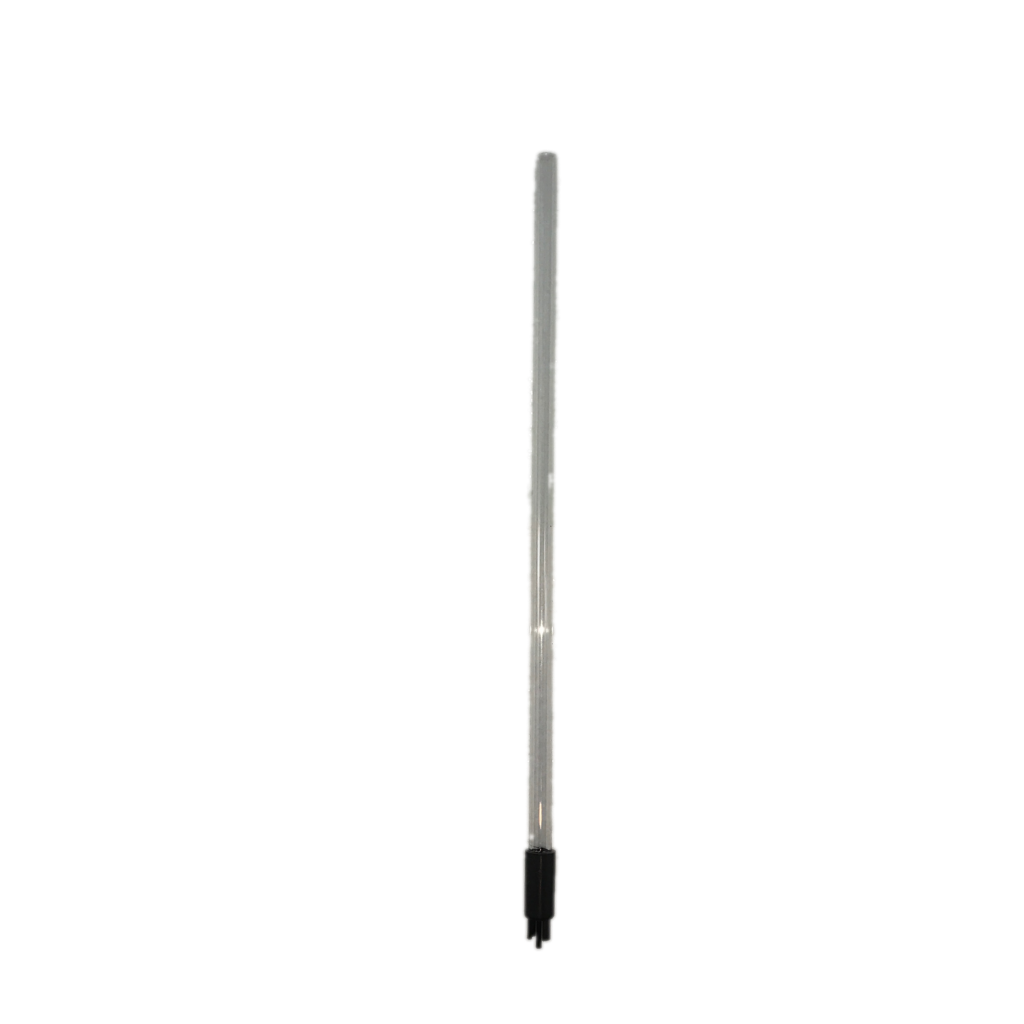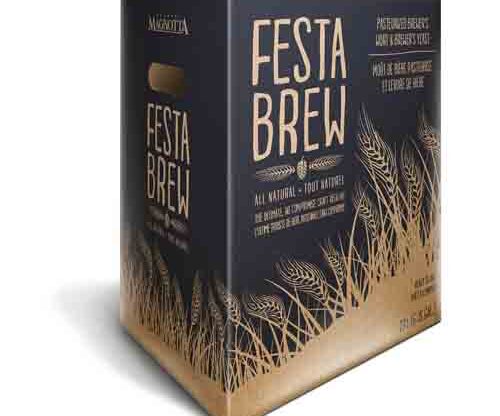Bottling
Bottling is the end step of all your work. This is also when you give your beer the carbonation. There are 2 basic carbonation methods: Natural and Injection. Most beginners start with natural carbonation because it is the cheaper process of the two. Injecting CO2 into your beer requires further equipment and a CO2 tank. In this post we will follow the natural carbonation method.
Naturally Carbonating
This can be done pretty easy. Most beer kits come with a package of cane sugar which is called Priming Sugar. Priming Sugar feeds the yeast just like in the primary fermentation stage. Unlike the primary fermentation stage that releases the CO2, the bottling will capture the CO2 in the capped bottle. However you will retain a little bit of sediment in the bottle.
As a beginner, we are not going to worry about all the technical details about naturally carbonating our beer yet, but you can read about it in my post Natural Carbonation. Most beer kits use cane sugar, which doesn’t add any additional flavour which consists of 4 oz of cane sugar for a 26 Liter beer. Which should produce the correct 2.5 volume of CO2 for the normal American IPA.
To get started, syphon your beer from your carboy to your sanitized primary pail by placing the carboy on the counter and the pail on the floor. Follow the syphoning instructions in the above instructions.
Boil a cup of water and dissolve the 4 oz of priming sugar for 10 minutes. Then dump it in your beer. That’s it. Now we bottle.
Bottling
Put the primary pail with the beer up on the counter. Stick you bottle filler tube on the end of the siphon hose. Give your siphon a quick clean and sanitize and put the cane in the pail. This is where having an auto siphon is really handy. If you don’t have an auto siphon you need to fill the siphon hose up with water before the bottle filler tube. This is to create the gravity feed. remember to keep the racking cane pointed upward other ward you will have a mess on the floor.
Before you start bottling, put all your caps in a pot of sanitizer. enough to cover the caps. That way they are sanitized when you need them.
To use the bottle filler, just press the tip down in the bottle to release the beer. Lift the bottle filler to stop the flow. To get rid of the water in the line, put a pot on the floor beside your bottles and insert the bottle filler into the bowl to empty the water out of the hose.

Fill up the bottles until the beer reaches the top of the bottle. The displacement of removing the bottle filler creates the exact space you need in the bottle. I like to have all my bottles in my box and fill them all up at once then cap them when the box is filled. But this a personal choice.
Bottling and capping is a personal choice, and it also depends on the bottle you are using. The easiest is to out and purchase 500ml plastic bottles from your local home brew store. They are cheep and easy to clean. However you can use glass bottles. The major difference is the capping. The plastic bottles have a twist on plastic cap that is pretty easy to twist on. The glass bottles require another piece of equipment to put the cap on the bottle. Another option is a nice flip top bottle.
You need to store your bottles for at least 2 weeks to allow the carbonation to build up. There will be a little bit of sediment on the bottom of the bottle. The best way to drink beer that is naturally carbonated is to pour it into a glass and leave a little bit of beer in the bottle. The sediment won’t hurt you. It will only cause a bit of cloudiness in your glass once it mixes in with your beer. Do not store your beer in the fridge until you are ready to drink your beer. It should have a shelf life of a several months. I found that beer that is naturally carbonated has a silkier texture than beer that has been injected with CO2. It is a very pleasant beer.

